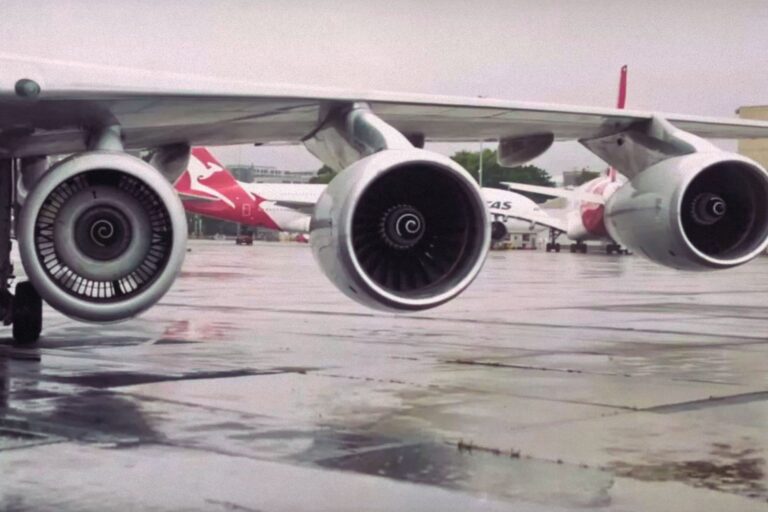22 June 2023, 12:30
Victorian Legislative Council, Melbourne
David ETTERSHANK (Western Metropolitan):
My question is to the Attorney-General. The Bureau of Crime Statistics and Research in New South Wales this month released a study that explored differences in Aboriginal and non-Aboriginal adults’ access to their cannabis cautioning scheme. The study found that among people proceeded against for cannabis possession just 12 per cent of Aboriginal adults were issued with a cannabis caution compared with 44 per cent for non-Aboriginal adults. Even when entirely eligible for a caution, the study found that only 40 per cent of Aboriginal people were cautioned compared with 74 per cent for non-Aboriginal people. So I ask the minister: is there a similar level of inequity of cautioning decisions received by Aboriginal people in the Victorian justice system?
Jaclyn SYMES (Northern Victoria – Attorney-General):
I thank Mr Ettershank for his question. In relation to the statistics that are available in terms of cautioning, that would be something that I could probably ask the Minister for Police to see what information could be furnished. It does not fit within my responsibilities. So I might take that on notice and see how we can break that down. It might not be broken down to the level that would satisfy the specifics of your question, but we can start with what information we can get and go from there.
David Ettershank:
I thank the Attorney for her response. I think my supplementary is redundant, because it was basically seeking to get confirmation that we would actually receive that specific data. So we will look at what we receive, and I thank you for that.
Written Answer
Received: 30 June 2023
The Hon. Anthony Carbines
(Minister for Police, Minister for Crime Prevention, Minister for Racing)
I thank the member for this question. Historically police cautioning rates have been lower for Aboriginal people than non-Aboriginal people in Victoria, this gap has been decreasing for many years. In 2021-22 and 2022-23 cautioning rates between Aboriginal and non-Aboriginal Victorians showed a difference of less than 1 per cent.
I am also pleased to advise that our recent state budget invested almost $5 million in the Aboriginal Youth Cautioning program (AYCP), a program developed through engagement with Aboriginal communities that aims to reduce the overrepresentation of Aboriginal young people in the youth justice system.
Since the roll out of the AYCP, cautioning rates for alleged Aboriginal young offenders aged 10-17 years old have increased from 22 per cent in 2019 to 32 per cent in 2022. The rate of cautioning for first time Aboriginal youth offenders has increased from 53 per cent in 2019 to 72 per cent in 2022.
[ENDS]





